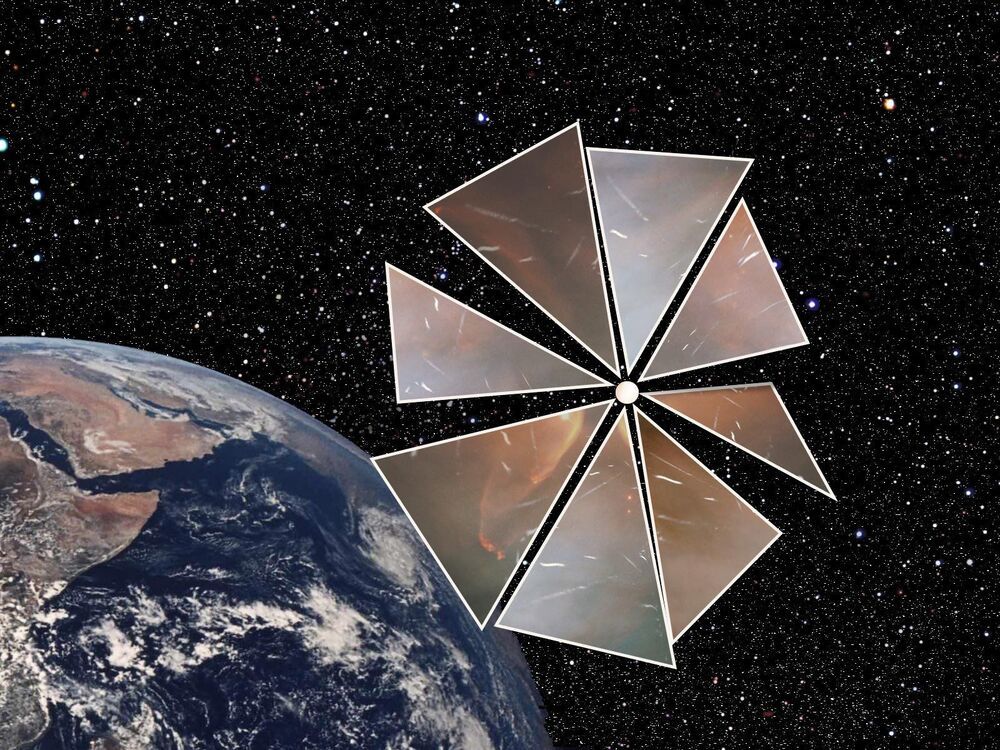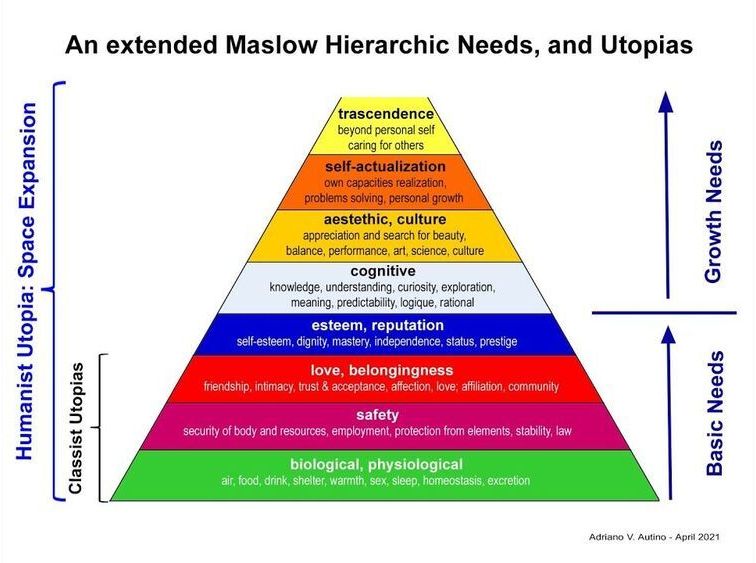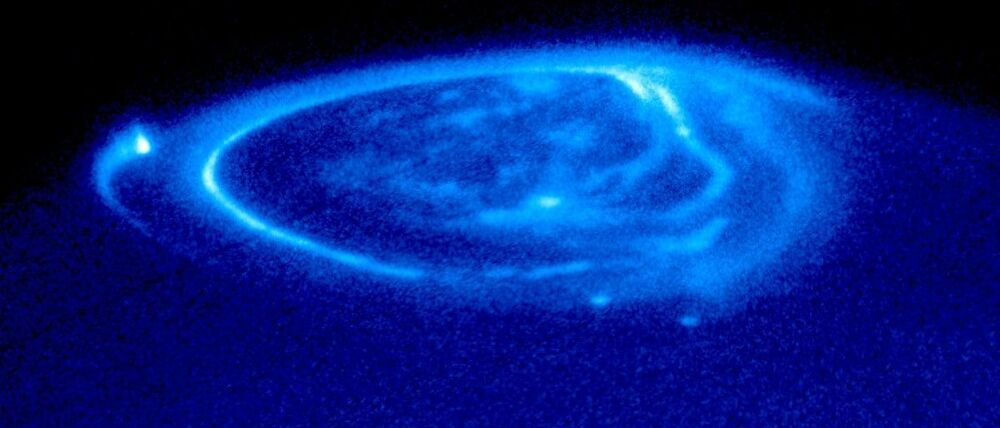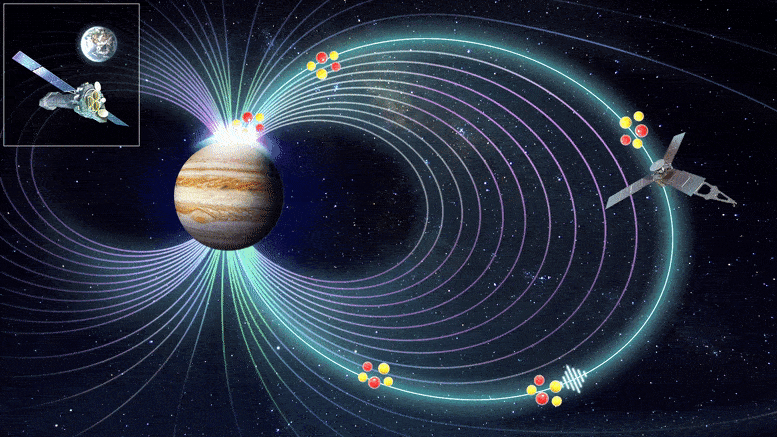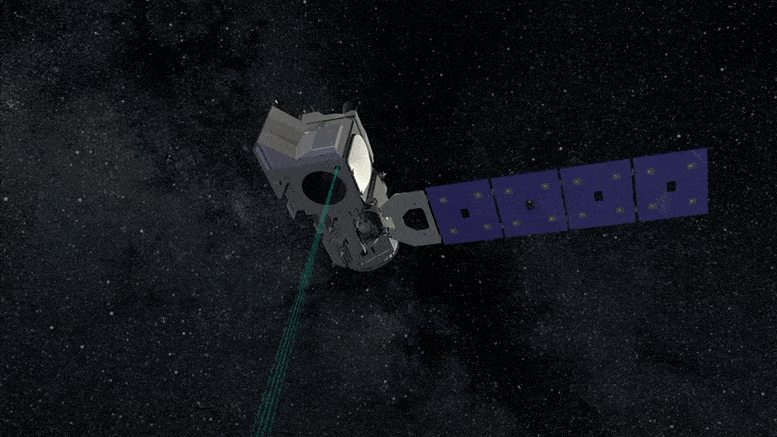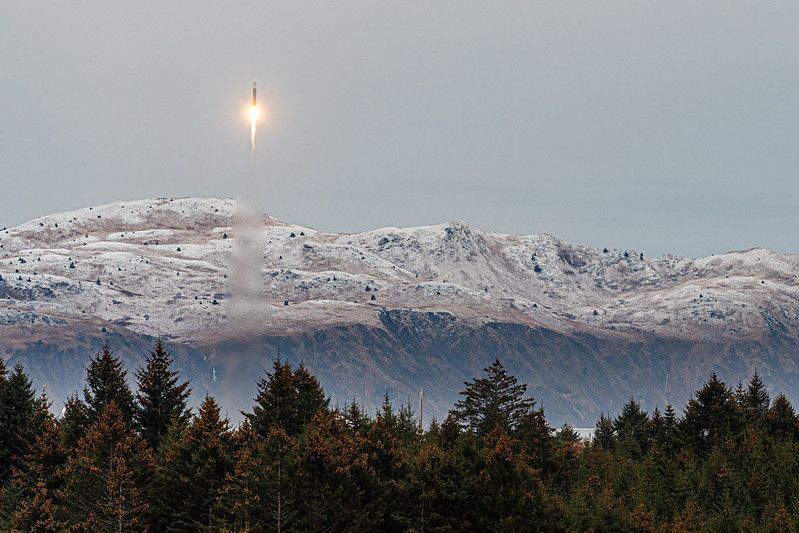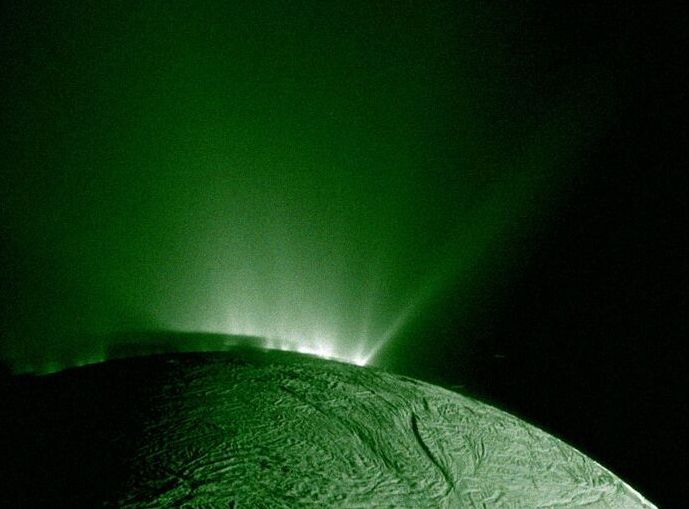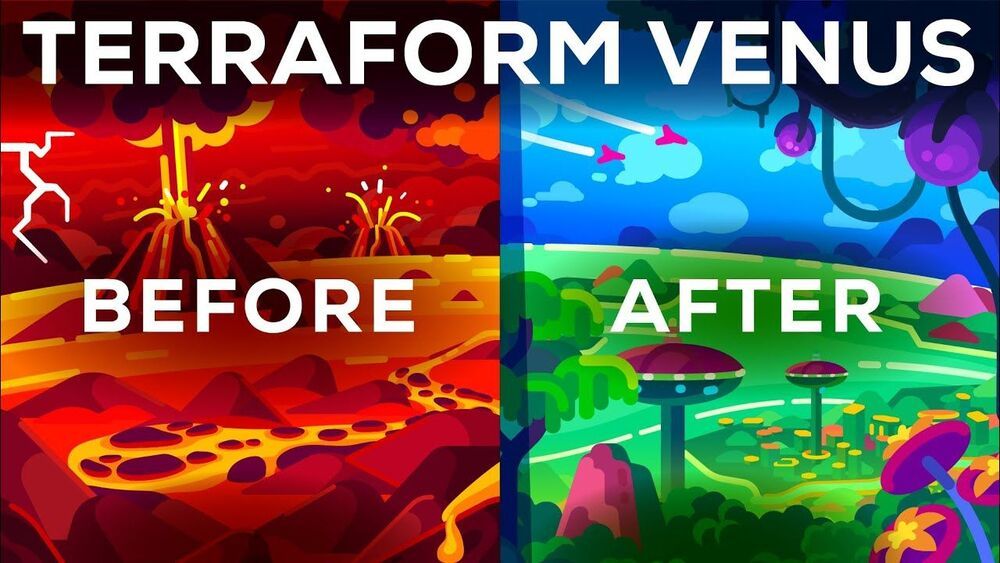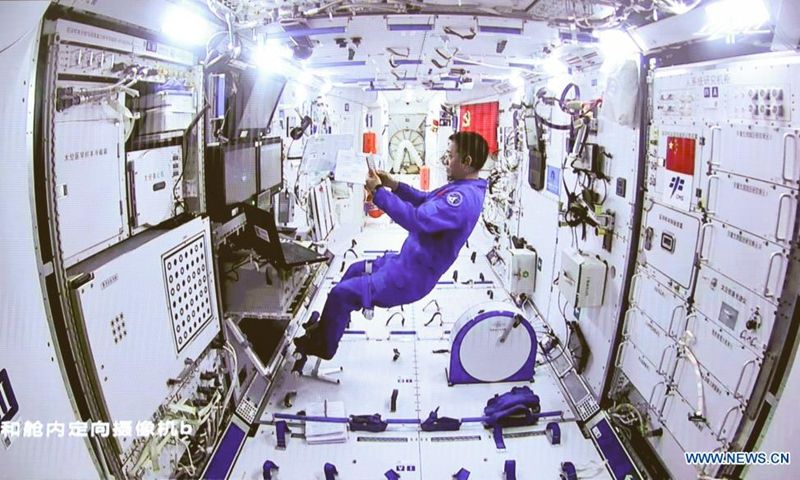Jul 10, 2021
A Small Satellite With a Solar Sail Could Catch up With an Interstellar Object
Posted by Genevieve Klien in categories: innovation, space
When Oumuamua, the first interstellar object ever observed passing through the Solar System, was discovered in 2017, it exhibited some unexpected properties that left astronomers scratching their heads. Its elongated shape, lack of a coma, and the fact that it changed its trajectory were all surprising, leading to several competing theories about its origin: was it a hydrogen iceberg exhibiting outgassing, or maybe an extraterrestrial solar sail (sorry folks, not likely) on a deep-space journey? We may never know the answer, because Oumuamua was moving too fast, and was observed too late, to get a good look.
It may be too late for Oumuamua, but we could be ready for the next strange interstellar visitor if we wanted to. A spacecraft could be designed and built to catch such an object at a moment’s notice. The idea of an interstellar interceptor like this has been floated by various experts, and funding to study such a concept has even been granted through NASA’s Innovative Advanced Concepts (NIAC) program. But how exactly would such an interceptor work?
A new paper released on ArXiv on June 27th explores one possible mission design. Derived from the NIAC study, the proposal suggests combining solar sail technology with the ability to miniaturize space probes to small, lightweight sizes.
